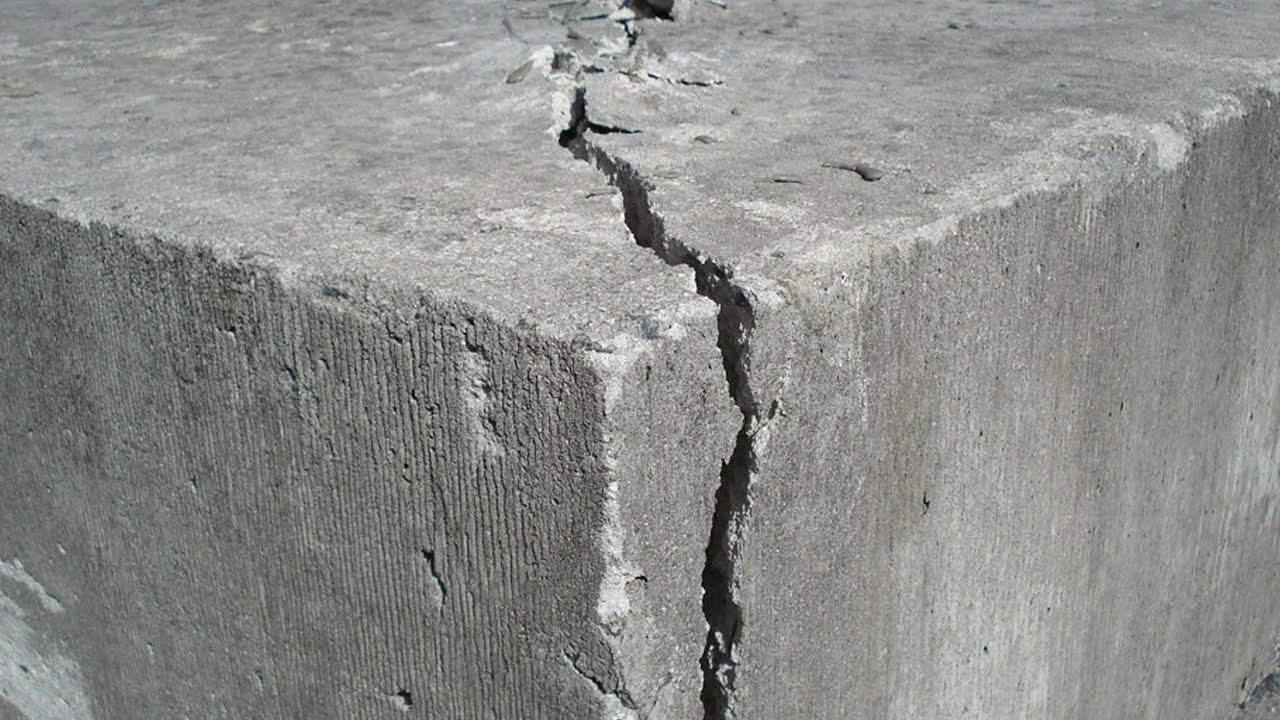Concrete is one of the most common materials in the world, and for good reason: it’s durable, attractive, and affordable.
But if you care about your concrete floor, you need to be aware of a few things. For instance, concrete floors can become brittle over time if they’re not treated properly. This means that cracks may start to form, which can be quite costly to repair. In this blog post, we’ll discuss some solutions to preventing cracking on your concrete floor and help you keep your floor looking great for years to come.
What is a concrete flooring and how does it work?
Concrete flooring is one of the latest trends in home improvement. It is a popular choice because it is durable, easy to clean, and looks great. Concrete flooring is made up of small, square pieces that are glued together. This makes it very strong and resistant to cracks.
There are several types of concrete flooring. The most common type is textured concrete. This type has small bumps all over it that make it look like real wood Flooring. It is also the cheapest type of concrete flooring and can be installed in just a few hours using a standard drill bit.
The second most common type of concrete flooring is polished concrete. This type has a smooth finish and looks more like traditional wood Flooring. Polished concrete can be installed in just a few hours using a power drill, but it costs a bit more than textured concrete.
The final type of concrete flooring is honed marble. Honed marble looks similar to polished concrete, but the surface has been finely divided into small squares or granules that give it a bit more texture and attractiveness than polished concrete. Honed marble can be installed in just a few hours using a power drill, but it costs much more than either textured or polished concrete.
Types of concrete flooring
There are a few different types of concrete flooring that can be used without fear of cracking. These include:
Plywood: This type of flooring is made up of several layers of thin plywood boards that are laid down in a grid pattern. The boards are then sealed together with a layer of epoxy. This type of flooring is especially popular in areas where foot traffic is heavy, as it can withstand a lot of stress without cracking.
Cork: Cork floors are made up of several layers of cork boards that are glued together along the edges. The cork helps to protect the floor from water damage and scratches, and it also gives the floor a natural look and feel. Cork floors can be difficult to clean, but they're usually easy to maintain.
Tile: Tile floors are made up of several small pieces of hardstone or tile that are glued together. They come in many different shapes and sizes, and they're usually easy to clean. tiles can be installed on either wet or dry surfaces, and they often have an artificial finish that's resistant to wear and tear.
How to install a concrete floor
Installing a concrete floor can be a daunting task, but with the right tools and techniques, it's not as difficult as you may think. Here are steps on how to install a concrete floor without cracking:
1. Consult with your contractor orlocal flooring experts to determine the best way to lay the concrete. A straight edge and level is important when installing a concrete floor.
2. Begin by pouring a 3-inch layer of cementitious material over the area you want to install your floor on top of. Make sure that all edges are sealed with waterproof adhesive tape before continuing.
3. Pour an additional 2 inches of concrete on top of the adhesive tape and use a trowel to evenly distribute the mixture. Tap down any air bubbles that form during this process with a mallet or rubber hammer.
4. Allow the concrete to cure for at least 48 hours before using it as a walking surface.
Maintenance tips for concrete floors
There are a few maintenance tips to keep your concrete floor looking good and avoiding any cracks.
1. Keep the floor clean - A dirty concrete floor will attract dirt, dust, and other particles which will cause the floor to crack. Keeping the floor clean will help to protect it from damage.
2. Maintain the sealant - Constant wear and tear on roads, cars, trucks, and other heavy machinery can eventually cause cracks in concrete floors due to the lack of sealant. Regularly applying a sealant layer will help to prevent this from happening.
3. Use proper tools - Using improper tools when working with concrete can also lead to cracking. For example, using a hammer when using a chisel is not recommended as this can cause damage that is difficult to repair. Always use the right tool for the job!
4. Monitor weather conditions - Weather conditions can have an impact on concrete floors in many ways. For example, extreme temperatures or humidity can cause expansion and contraction of the concrete which can result in cracks. Monitoring weather conditions regularly is important so that you can take necessary action if needed
Conclusion
If you're looking to improve the appearance of your concrete floor without having to spend a fortune, there are a few things you can do. First and foremost, make sure that your concrete is properly sealed and maintained. This will help to prevent moisture from seeping into the surface and causing it to crack. Secondly, consider using epoxy or acrylic sealant in high-traffic areas where cracks may form. Finally, use durable flooring such as cork or rubber tiles in these areas to minimize noise and protect your floor against wear and tear. If you take care of these basics, your concrete floor should stay looking fresh for years to come!



























